Road Signs In Kenya
Road signs play a crucial role in ensuring safety on our roads as they convey important information about the road and driving conditions to road users. They are usually placed along the roads and highways to guide and warn drivers, motorists, and pedestrians about potential hazards, speed limits, and other essential information. Understanding and obeying road signs is essential for safe driving and reducing the risk of accidents on the road.
Classification of Road Signs in Kenya.
According to the Highway Code set by the National Transport and Safety Authority for all road users, road signs are classified into four categories:
- Class A Road signs.
- Class B Road signs.
- Class C Road signs.
- Class D Road signs.
Class A (Regulatory Signs).
These road signs are mandatory in nature. They are circular in shape and have either a blue background with white symbols or a red border with a white background and red symbols. The circular shape is intended to capture the attention of all road users and ensure that they take notice of the message being conveyed.
Priority Signs.
These are road signs that direct vehicles on how to maneuver through intersection points. Road users have to yield to each other depending on who has the 'right of way' at the moment.
- Stop Signage.
- Give Way Sign.

This road sign directs drivers to come to a complete halt and ensure that the intersection is clearly safe to access before proceeding past the sign. This helps to regulate cases of accidents at points of intersection, such as junctions, roundabouts, and pedestrian crossing sections.
It is the only road sign in an octagon shape.
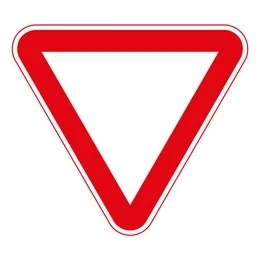
"Give Way", also known as"Yield Sign" is a road sign designed to facilitate the flow of traffic at intersections. As the name implies, a driver or motorist must give way to other approaching road users. For instance, when a driver or motorist approaches a junction, they should allow other road users to clear the intersection before deciding to proceed.
Prohibitory Signs.
These signs restrict certain activities or behaviors that might risk lives or cause danger.
- No Smoking.
- No unauthorized persons allowed.
- Do not extinguish with water.
- Naked flames forbidden.
- No pedestrians allowed.
- No Entry.
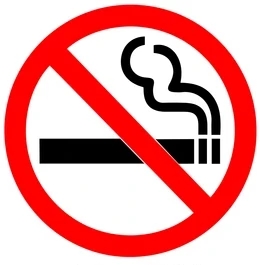
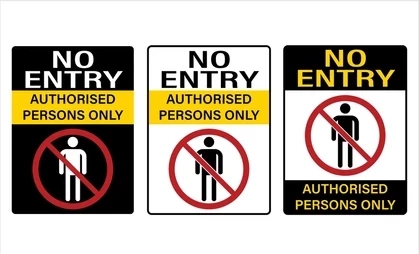
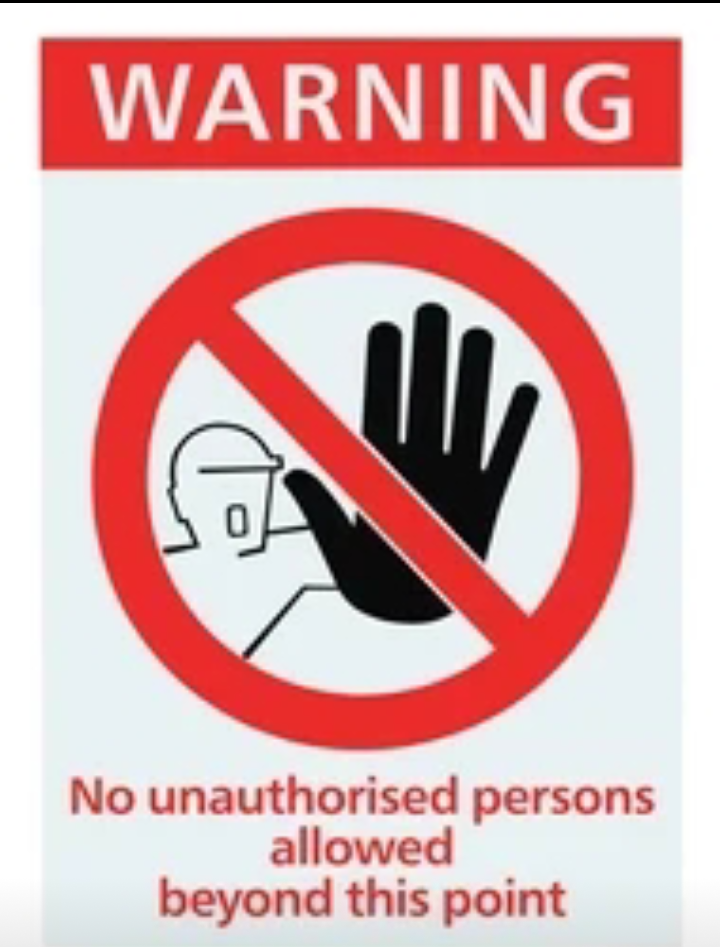
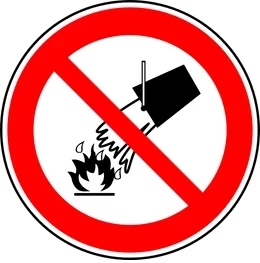
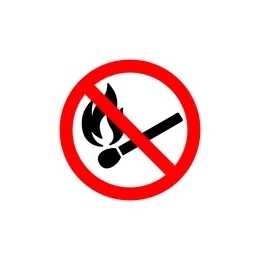
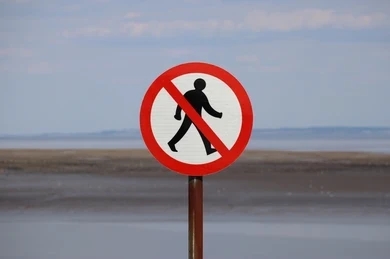
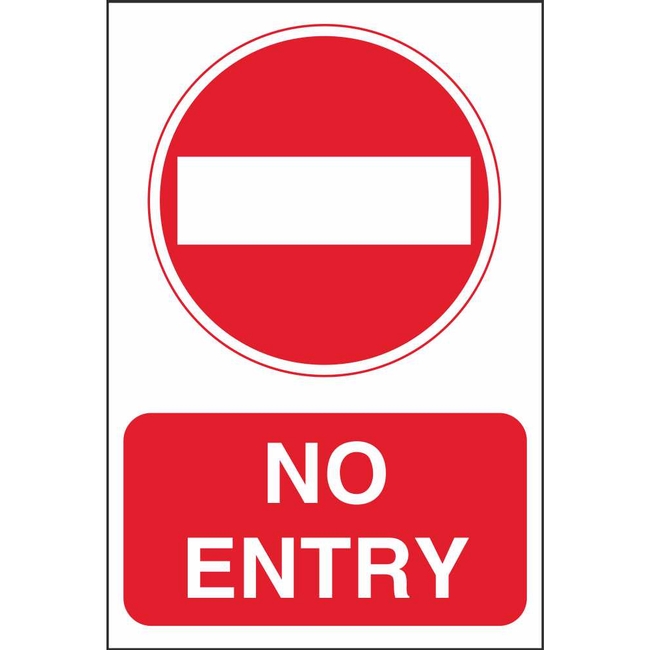
Mandatory Signs.
These signs indicate actions that road users must obey. They have a white pictogram on a blue background.
- One Way Traffic.
- Speed limit.
- Turn left.
- Turn right.
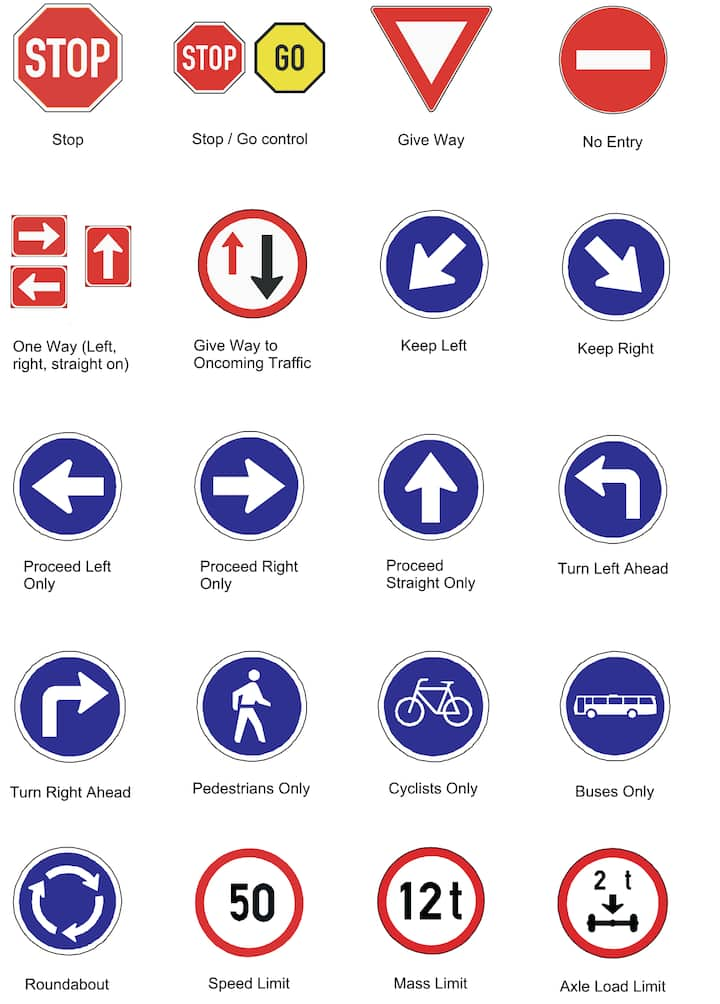
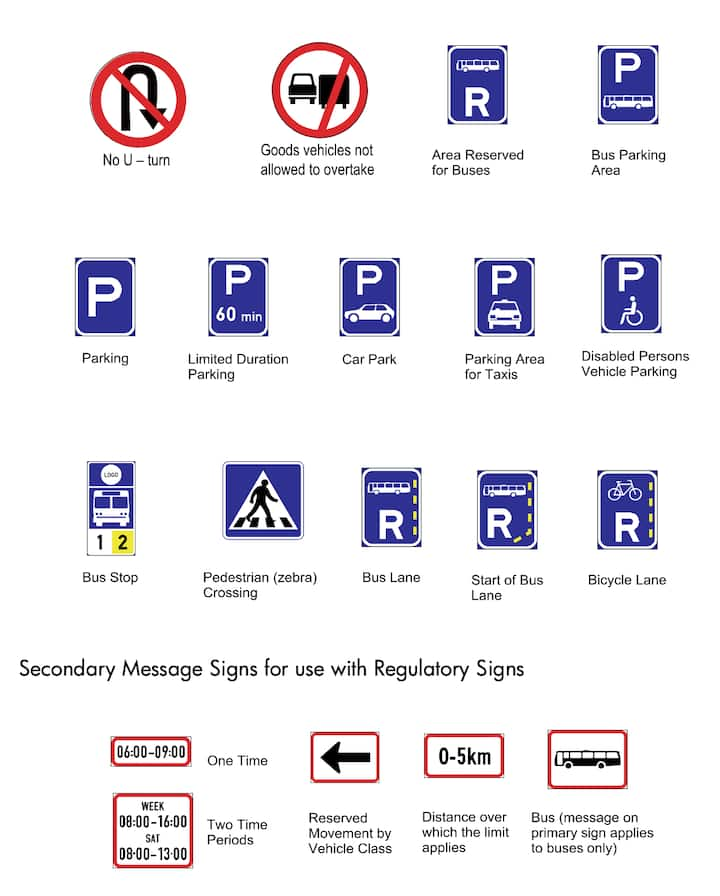

Class B (Warning Signs).
These signs caution drivers and other road users of a hazard ahead. They are usually triangular in shape and are painted red with black symbols.
They include;
- Falling rocks ahead.
- Blind spot ahead.
- Speed bumps ahead.
- Road narrow ahead.
This is a road sign that warns drivers and other road users of the risk of rocks or boulders falling onto the road from the surrounding area. It is important to be cautious and slow down when approaching this sign as there may be loose rock or debris on the road, which can damage vehicles or even cause accidents. This sign is typically placed on road sections adjacent to cliffs or steep slopes.
This road sign points out an area where a driver's view of the road is obstructed, and there is a risk of collision with another vehicle. This road sign is usually placed around sharp bends, intersections, or merging lanes. It is important for drivers to be cautious and regulate their speed when approaching a blind spot sign to avoid accidents.
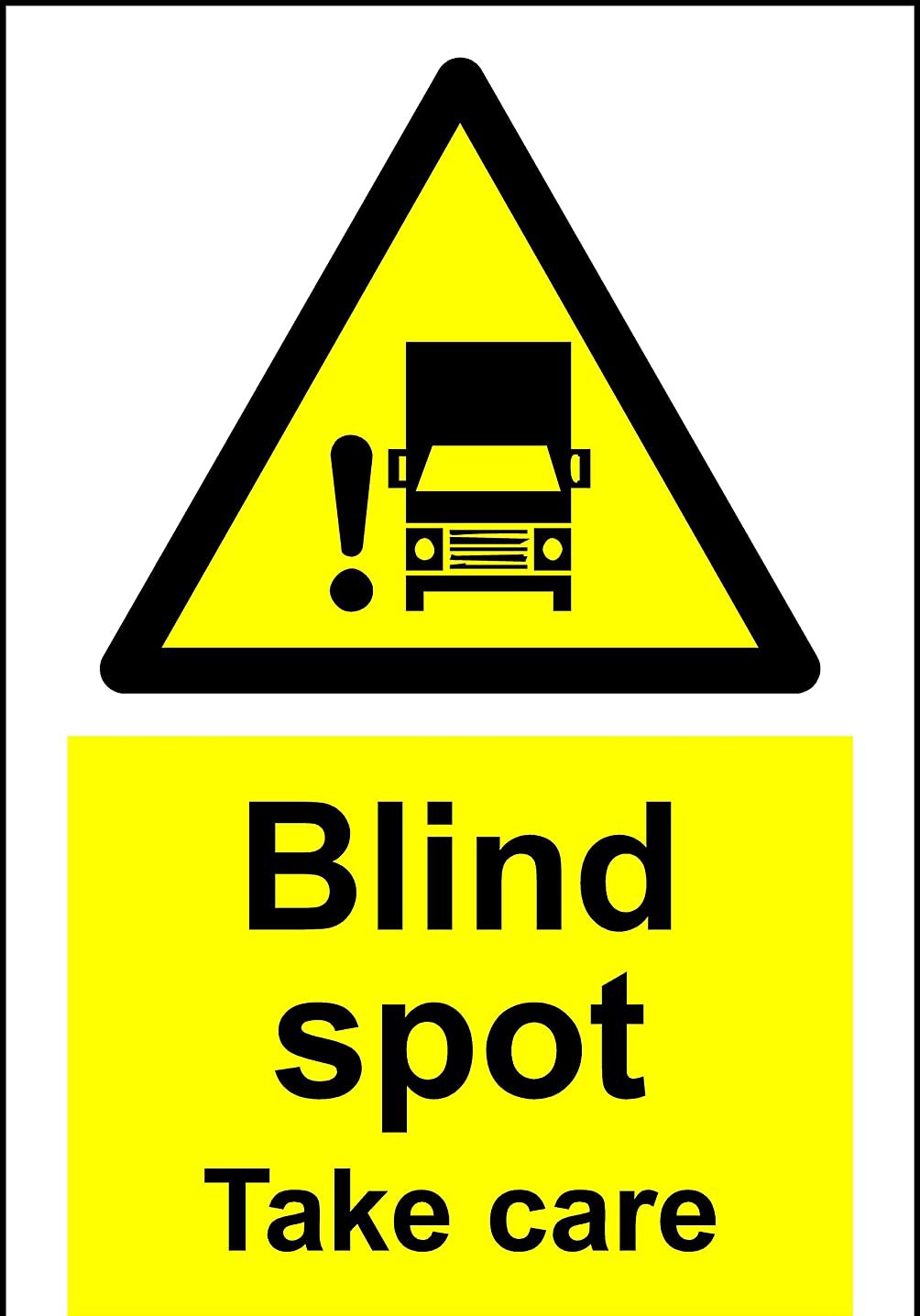
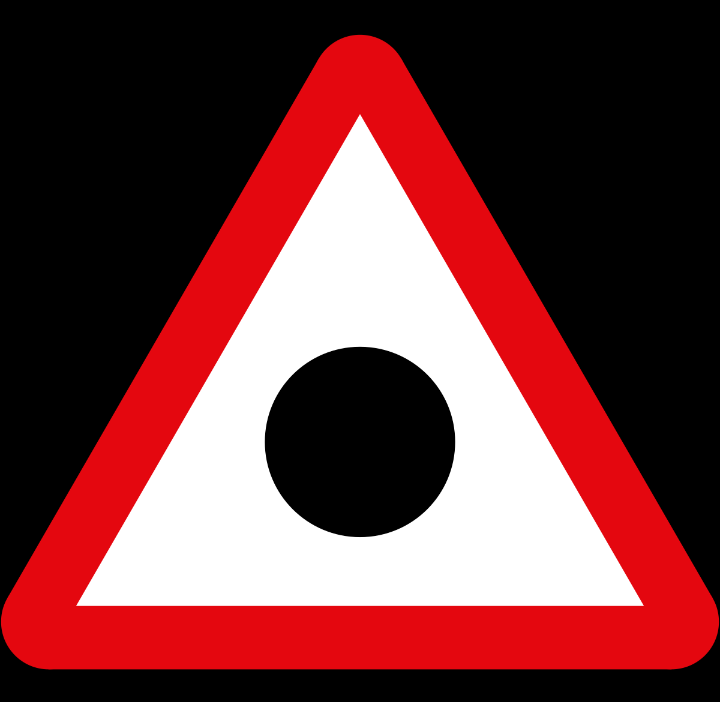
This is a traffic sign that informs drivers that they are approaching speed bumps or a raised area on the road designed to slow down vehicles. The sign is usually placed several meters before the speed bumps to warn drivers to regulate their speed and proceed with caution. This helps to prevent accidents and ensures the safety of both drivers and other road users.
This road sign indicates to drivers that the road ahead is narrowing. The road might narrow from both sides or from one side, either left or right.


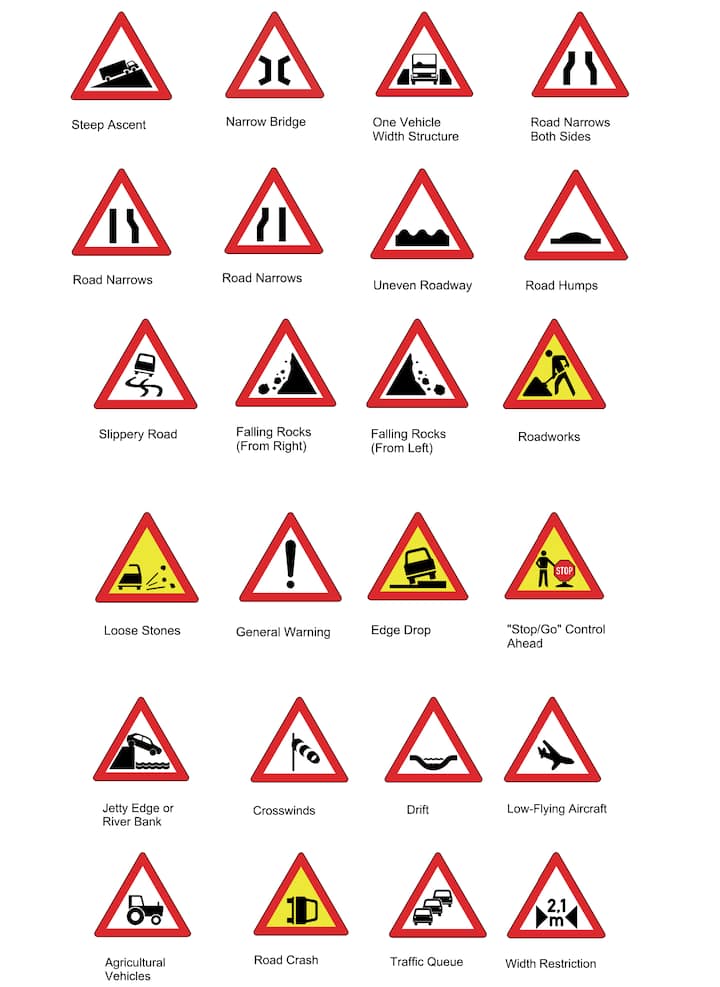

Class C (Traffic Lights Signals).
This class contains various traffic light signals that convey different instructions and information to road users.
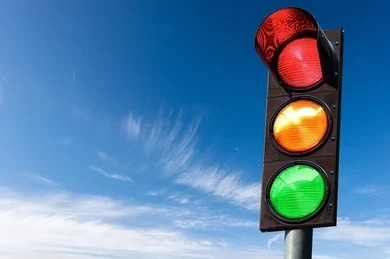
According to The Traffic Act, the sequence of the lights shown for the purpose of controlling the movement of vehicles shall be:
- Red.
- Red and Amber.
- Green.
- Amber.
This light directs drivers and motorists approaching the traffic light to come to a complete halt at the stop line. Drivers and motorists should not proceed beyond the stop line unless the light changes to green and the road section ahead is clear and safe to access.
The amber light will illuminate alongside the red light after a short while. Since the red light is still on, the driver is advised not to move. Drivers are allowed to proceed only when both lights go off. In general, they communicate an impending change.
This light directs drivers and motorists to move and approach the junction or intersection while observing the road safety rules.
The amber light plays a crucial role in regulating traffic flow and ensuring road safety. Its distinctive amber hue serves as a transitional signal between the green "go" and the red "stop" lights, prompting drivers to exercise caution and prepare for a change in traffic conditions.
The installation of traffic lights on our roads has reduced congestion and helped to prevent collisions at points of intersection.
Class D (Carriageway and Kerb markings).
These road signs are unique in nature as they are painted on road surfaces and kerbs. A significant number of road users are unaware of their existence, and even those who are aware often do not know their meaning or choose to ignore them. These signs offer guidance, provide information, and warnings to drivers, motorists, and even pedestrians. They are typically painted in yellow or white colors, especially on major roads and highways.
Carriageway markings are lines, symbols, or other devices marked on road surfaces to indicate the beginning and end of lanes, highlight areas where stopping and parking is forbidden, direct pedestrians on pedestrian walk paths, or mark the center of the road.
For instance, continuous longitudinal lines at the center of the road restrict drivers and motorists from overtaking, whereas a broken line allows overtaking as long as it is safe to do so.
Kerb markings are typically painted on the road sides to indicate restricted parking sections, loading and offloading zones, cycle lanes, bus stops, and other areas for pedestrians and vehicles.
For instance, continuous yellow lines indicate that all vehicles are forbidden from stopping or parking beside the line. The only road users with the right to stop beside the lines are bicycle riders.
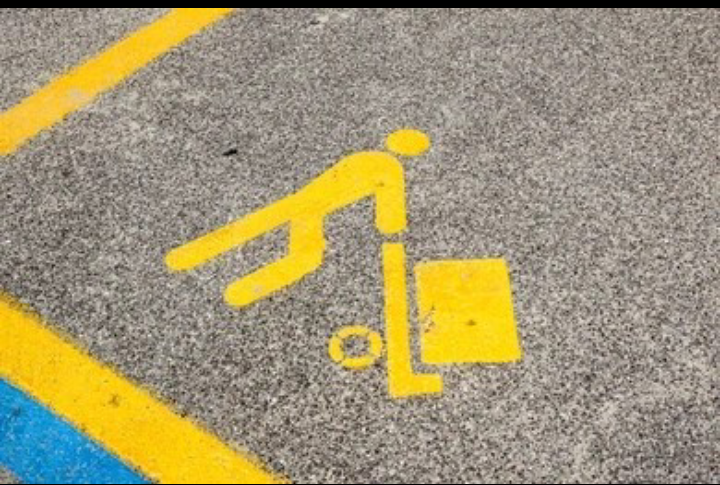
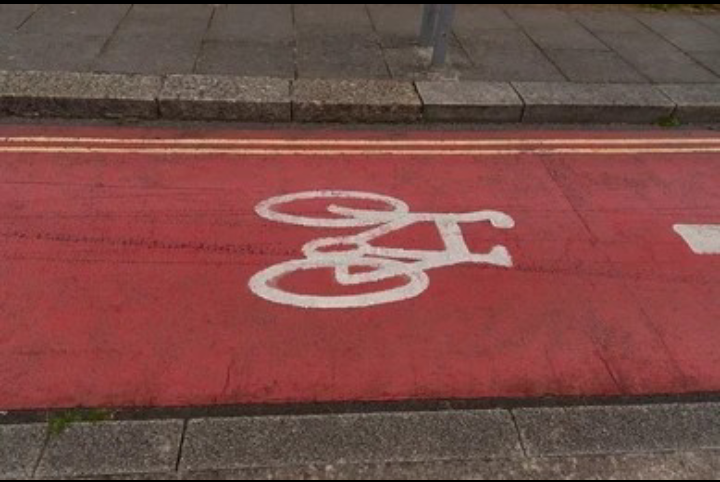

Pedestrian crossings are typically marked on busy roads to guide pedestrians on where cross the road.
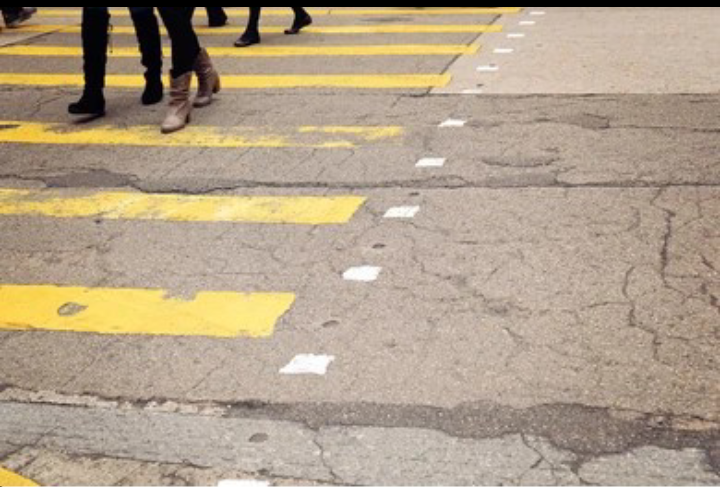
Both carriageway and kerb markings are essential for ensuring safety and order on our roads. They help to reduce accidents, improve traffic flow and provide valuable guidance to road users.
Significance of Road Signs.
Why are road signs important?
Why do road signs need to be understood by all road users?
Road signs are important components of road safety because they convey important messages and instructions to drivers, motorists, and pedestrians.
Each and every road sign in Kenya and even beyond its borders should be understood by all road users because they are very important in many ways. Ignoring or misinterpreting some of these signs and signals can lead to legal consequences, especially when they relate to regulatory signs.
The most important reason for understanding these signs and signals is that they reduce the number of accidents on our roads.
- Communicate information.
- Prevent accidents.
- Reduce traffic congestion.
- Enhance safety.
Road signs convey important information to road users, including speed limits, road conditions, and directions. This empowers drivers, motorists, and pedestrians to make informed decisions and calculated moves, thereby preventing accidents.
Road signs help reduce the number of accidents on our roads by providing clear instructions to all road users. For instance, the stop sign and red traffic light ensure that vehicles and pedestrians come to a complete halt and avoid collisions.
Road signs reduce congestion on our roads by providing drivers and other road users with important information, such as designated parking zones, turning locations, and pedestrian crossing sections. This helps road users navigate the roads safely and more efficiently.
Road signs enhance road safety standards by alerting road users of potential hazards, such as sharp bends, bumps, and rough roads. This assists drivers and other road users in adjusting their speed and taking necessary precautions.
To conclude, road signs are designed to ensure the safety of all road users. It is therefore necessary to follow them and understand their meanings not only to avoid accidents but also ensure smooth and efficient traffic flow.